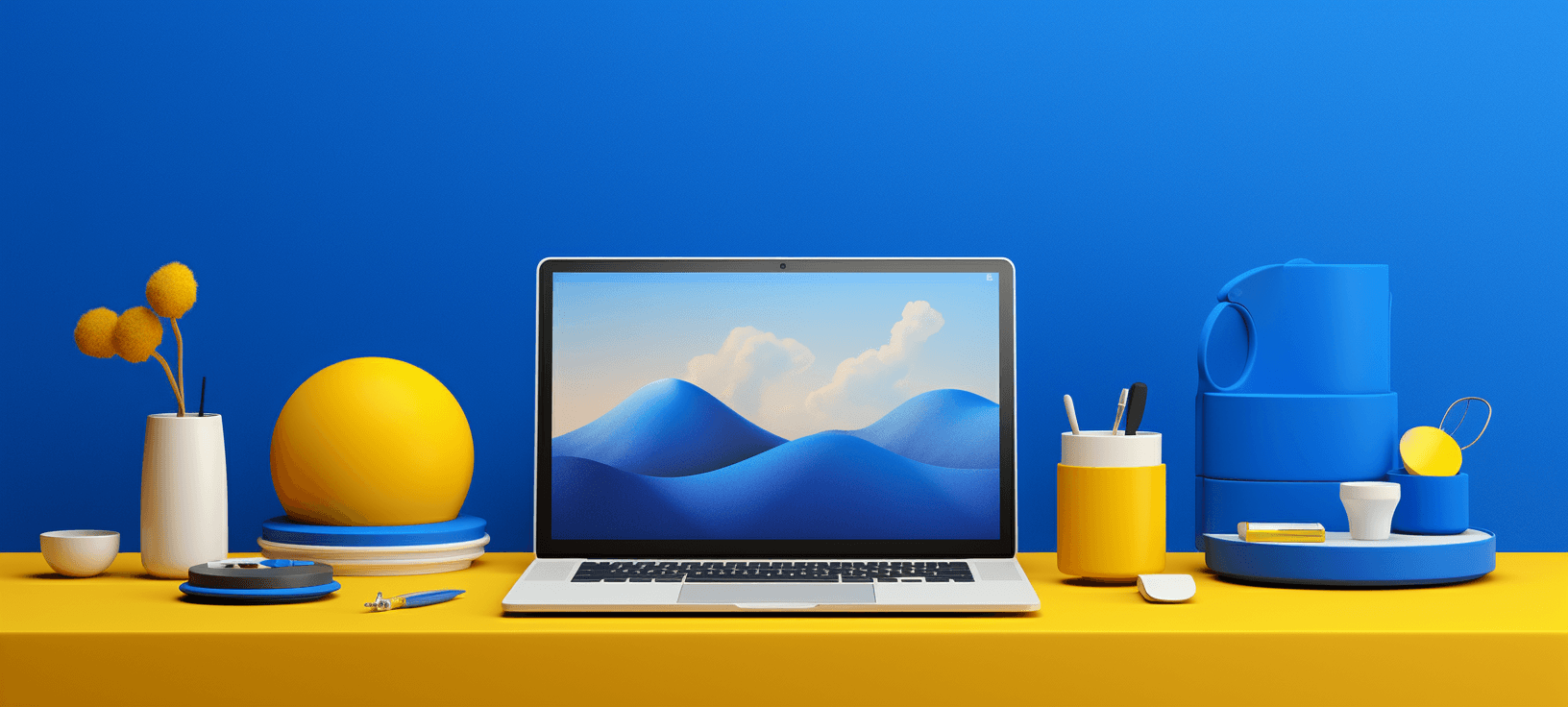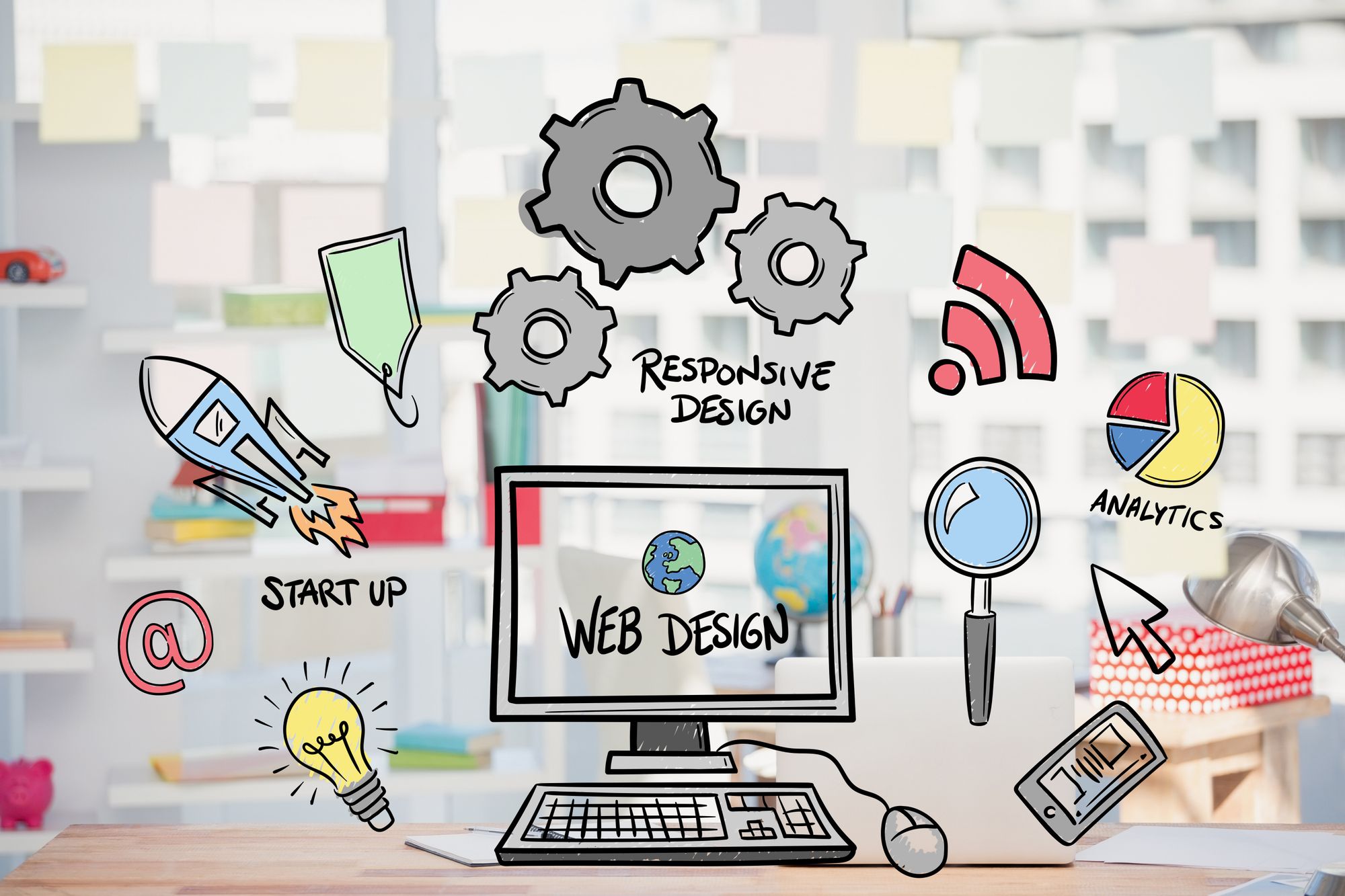Creative Website Design Solutions for Modern and Engaging Websites
In the world of web layout, the search of contemporary and interesting solutions has come to be progressively vital for companies intending to record individual attention. By integrating bold shade systems, interactive components, and responsive designs, developers can create experiences that not just resonate with customers however additionally boost brand name identity.
Accepting Strong Color Pattern
In website design, the tactical use strong color design can substantially improve individual interaction and brand name identity. By employing lively hues, designers can create aesthetically striking internet sites that catch focus and foster a remarkable experience. An appropriate shade palette not just mirrors a company's worths however additionally stimulates particular feelings that can affect customer actions.
Strong shades can be employed to assist users' focus to crucial elements such as contact us to activity, improving conversion rates. For circumstances, using contrasting shades for switches and links can make these components stick out, prompting users to connect quicker. Additionally, a natural color scheme throughout the internet site strengthens brand name recognition, developing a sense of knowledge and trust fund amongst visitors.
However, it is critical to balance strong shades with adequate white space to stay clear of frustrating customers. Reliable use of typography likewise matches bold shades, guaranteeing readability while preserving aesthetic charm. Eventually, accepting strong color pattern in web design not just elevates visual high quality however likewise plays an important function in accomplishing strategic service objectives, making it an essential factor to consider for modern web development.

Using Interactive Components
Interactive aspects are important in contemporary website design, as they dramatically boost customer engagement and produce a much more vibrant surfing experience. By integrating functions such as animations, hover results, and clickable elements, internet sites can urge customers to discover material better and return for future sees.

Micro-interactions, such as refined animations when a switch is clicked or a type is submitted, can also enhance the individual experience by offering prompt feedback. These little details can make the web site feel more receptive and active, promoting a feeling of connection in between customers and the site.
Furthermore, gamification components, such as rewards for finishing details activities, can inspire customers to engage with the material much more deeply. By attentively incorporating these interactive parts, internet designers can produce an unforgettable and interesting on-line experience that reverberates with users and motivates them to return.
Executing Responsive Style
Executing receptive design is essential in today's multi-device landscape, making certain that internet sites give an optimal watching experience across different display dimensions. As individuals significantly access the web via smartphones, tablets, and desktops, a one-size-fits-all technique is no more feasible. Receptive layout permits smooth navigation and communication, adapting layout and content to fit the device being utilized.
Trick concepts of receptive design consist of fluid grids, versatile photos, and media queries. Fluid grids make use of relative devices, such as percents, as opposed to taken care of pixels, making it possible for aspects to resize proportionately. Versatile images range within their having elements, protecting against overflow and maintaining visual honesty. Media queries help with the application of various styles based upon the gadget's characteristics, such as width, height, or resolution, permitting developers to tailor the individual experience successfully.
Moreover, receptive design enhances search engine optimization efficiency, as search engines favor mobile-friendly websites. By implementing responsive layout, companies not just improve user fulfillment and engagement but also increase their reach in a competitive electronic landscape. As technology remains to progress, you could try this out taking on receptive design has actually ended up being an essential method for any contemporary and appealing website.
Incorporating Multimedia Content
Multimedia content plays a vital duty in creating engaging and vibrant web experiences that catch individuals' interest and improve understanding. By integrating message, images, sound, and this content video, web sites can provide a richer narrative that appeals to numerous discovering styles and choices. This combination not just bolsters user engagement yet additionally help in sharing intricate concepts succinctly.
Including high-quality images and infographics can separate textual web content, making it a lot more absorbable. Video clip tutorials and discussions can supply extensive understandings that fixed content might not completely interact. Audio components, such as podcasts or history music, can additionally improve the environment of an internet site, creating a much more immersive experience.
Additionally, the strategic use of multimedia can enhance search engine optimization performance, as search engines favor varied web content types, increasing visibility. It is critical to guarantee that multimedia aspects do not impede page load times, as this can lead to individual irritation. By balancing multimedia combination with performance considerations, internet designers can create visually attractive and functional sites that reverberate with users, fostering a much deeper link and motivating return gos to.
Prioritizing User Experience

To accomplish an ideal user experience, designers have to concentrate on a number of essential principles. First, responsive layout is crucial; sites need to adjust perfectly to various gadgets and display sizes. This access makes certain that individuals can involve with content no matter their chosen more information system. Quality in format and hierarchy is essential. Clear phone call to activity, understandable typography, and organized web content guide individuals, minimizing cognitive lots.
Inevitably, focusing on UX not only elevates customer satisfaction yet also drives interaction and conversion prices, making it a vital component of modern-day web design techniques. By placing individuals at the facility of style efforts, internet sites can create long-term, favorable impressions that motivate return gos to.
Verdict
In verdict, modern internet style options that stress bold color design, interactive aspects, responsive style, and multimedia content dramatically enhance user engagement and fulfillment. Focusing on individual experience via clear layouts and continuous responses further adds to enhanced conversion rates. By taking on these strategies, sites can effectively captivate site visitors and strengthen brand identification, ultimately resulting in a much more dynamic and interesting on-line presence. The combination of these layout concepts is necessary for accomplishing modern website design purposes.